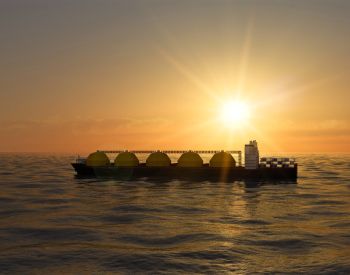Client challenge
In July 2021 Vysus Group’s Risk Management team was commissioned by the Norwegian Directorate for Civil Protection (DSB) to develop revised guidelines for quantitative risk analysis (QRA) of facilities which handle hazardous substances, such as hydrogen. The objective was to ensure an understanding of the risk analysis and its uncertainties, to improve accuracy, reproduction and comparison. The guidelines have now been published in English.
How we helped
As part of the revised guidelines, our team designed a new hydrogen ignition model. This new model was initially proposed by Vysus Group in 2018 as part of a risk assessment study for a hydrogen fuelled fast ferry; the MoZEES project. The model was designed to reflect the propensity for a hydrogen release to ignite compared to natural gas releases, incorporating the much lower ignition energy and a wider flammable range and is easy to implement in comprehensive risk analyses.
Key features of the model
- Continuous increase of ignition probability with initial release rate
- Probability for immediate ignition (jet-fire) and delayed ignition (explosion)
- Delayed ignition model for confined situations where gas can accumulate
- Increased ignition probabilities may be assumed for areas without ignition proof equipment
- The model is applicable both for simplified assessments and CFD-studies
Results
From 2018 to 2021 this model was used in approximately 100 hydrogen risk assessment studies for clients in Norway and other countries. The results showed that ignition probabilities and sensitivities to parameter variations seem reasonable and the model can be used to analyse LH2-releases and tank rupture scenarios (20-50% of H2 is assumed to contribute to delayed explosion).
From 2018 to 2021 this model was used in approximately 100 hydrogen risk assessment studies for clients in Norway and other countries.
Related Services


